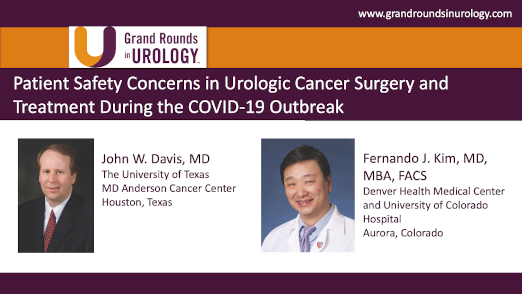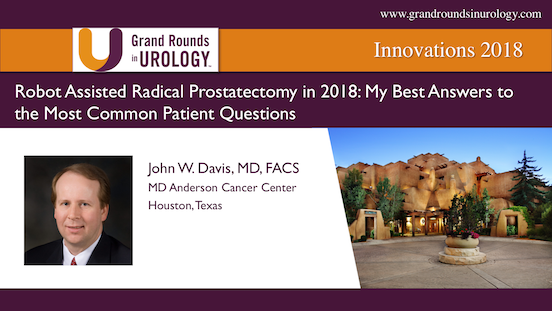Surgical Planning for Robotic Prostatectomy When You Are Not the First Surgeon to the Site: Access and Salvage Challenges
John W. Davis, MD, FACS, explores the complexities associated with surgical planning for robotic prostatectomy, particularly when the surgeon is not the first to operate on the site. He underscores the importance of meticulous preoperative planning, which includes thoroughly reviewing the patient’s medical history.
Dr. Davis discusses various challenges that surgeons may encounter, such as scar tissue formation, adhesions, and changes in the pelvic anatomy. He also addresses adapting robotic surgical techniques to accommodate the patient’s altered anatomy.
In addition to access challenges, Dr. Davis delves into the complexities of salvage prostatectomy. Despite these challenges, he stresses that successful outcomes are achievable with proper planning and technique.





